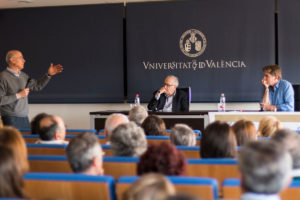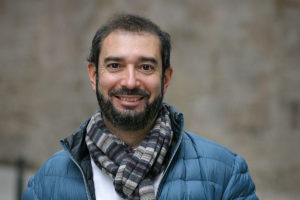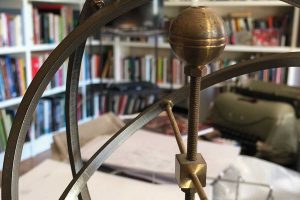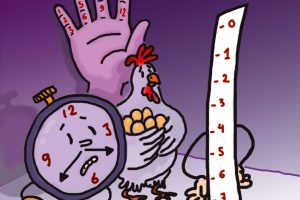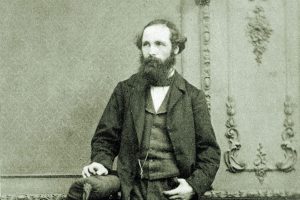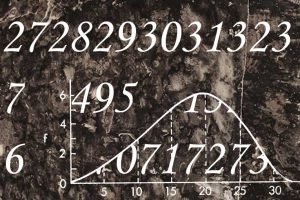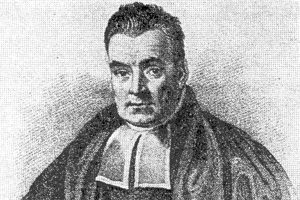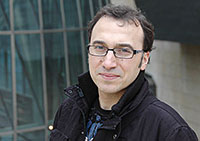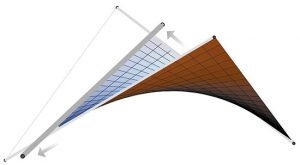Search
The Clay Mathematics Institute made a list of seven problems in May 2000; they were called the «millennium problems». Finding their solution has an added incentive: each solver will receive a million dollars as a prize.
The journalists José Martí and Javier del Pino analyse media coverage of the discipline during the debate «How mathematics are seen from the other side».
Science communicator, writer and public speaker. That is how Pere Estupinyà (Tortosa, 1974) describes himself. He is also known as «the sex scientist».
Each domain of knowledge has its own language, content and method. They give it character, and whenever a field of knowledge advances, it is thanks to one of them. Language is very important for science, but is not necessarily a priority. Old language can lead
In the eighteenth century, the metre, its multiples and decimal submultiples cornered the cumbersome use of sexagesimal systems, still valid until then.
James Clerk Maxwell proved that electricity and magnetism are only different manifestations of the same physical substrate, electromagnetism.
Scientific research is validated by reproduction of the results, but efforts to reproduce spurious claims drain resources. We focus on one cause of such failure: false positive statistical test results caused by random variability.
Bayes’s rule, a simple eighteenth century theory about assessing knowledge, was controversial during most of the twentieth century.
In 2012, the Royal Statistical Society issued the following question to the members of the British Parliament, probably regarding the International Year of Statistics (2013): «If you toss a coin twice, what is the probability of getting heads twice? ». The correct answer is «a probability of
Architecture has been indebted to geometric surfaces since ancient times, as books of descriptive geometry are witness: “Any architectonic creation is Geometry”. However, such geometries have evolved from classical surfaces to those designed with the help of a new discipline: Computer Aided Geometric Design (CAGD). The author reviews pre-computer geometric design exemplified by the use of hyperbolic paraboloids (Gaudí and Candela), its origin in the automotive industry and how it has been used brilliantly by Gehry in the Guggenheim Museum, Bilbao.
- 1
- 2


